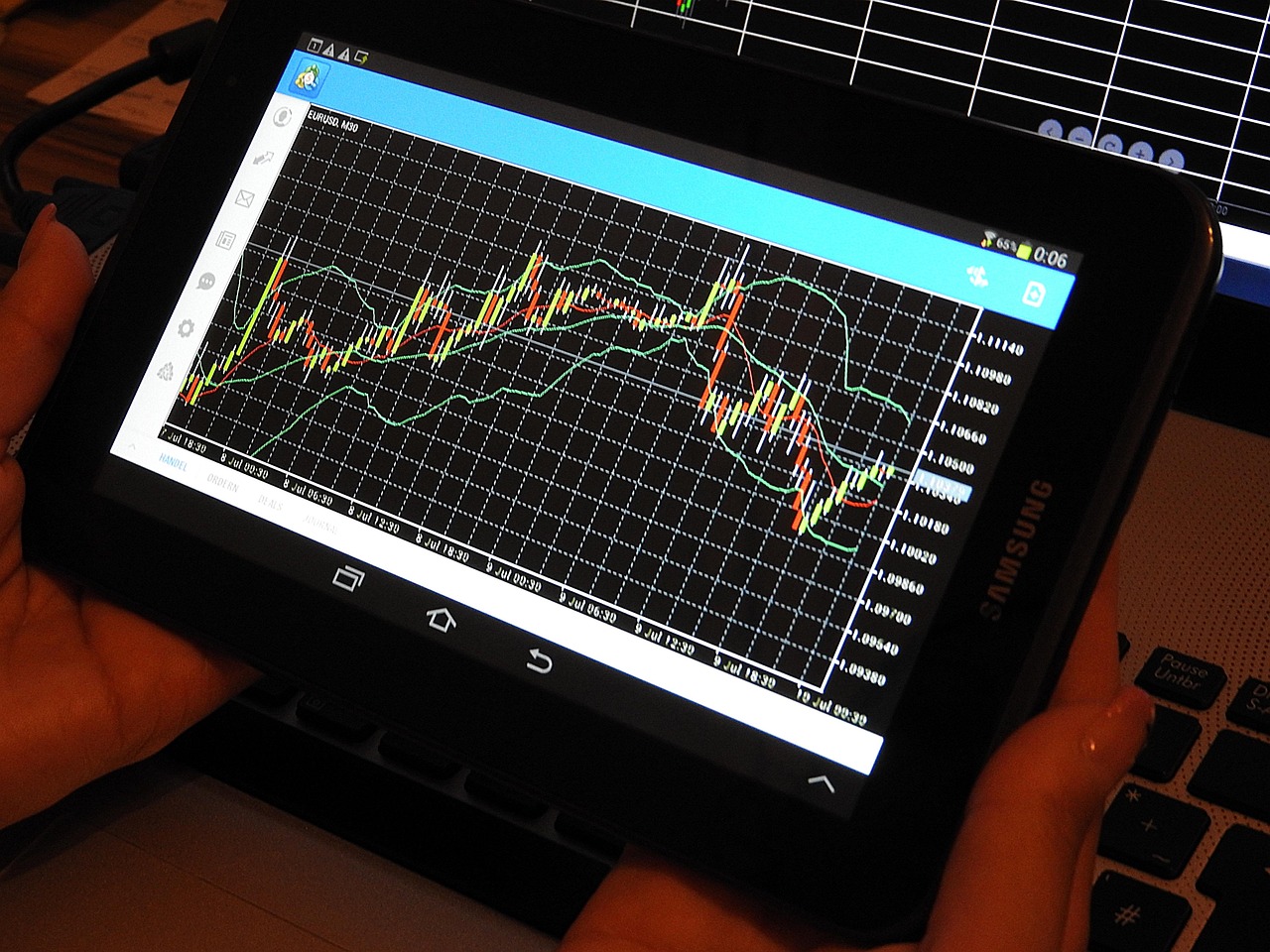Introduction
As financial markets grow more complex and data-driven, algorithmic trading (also known as algo-trading or automated trading) continues to dominate the landscape in 2025. Whether in traditional stock markets or fast-paced crypto exchanges, the adoption of algorithmic strategies allows both institutional and retail traders to gain a competitive edge.
In this blog post, we’ll explore:
What algorithmic trading is
How it works in crypto and stock markets
Top algorithmic trading tools in 2025
Pros and cons of algorithmic trading
Getting started: a step-by-step guide
By the end, you’ll have a comprehensive understanding of how to integrate algorithmic trading into your investment strategy, regardless of your experience level.
What is Algorithmic Trading?
Algorithmic trading involves using computer programs (algorithms) to execute trading orders automatically based on predefined conditions such as price, timing, volume, or technical indicators.
Common strategies include:
Trend-following (e.g., moving averages)
Arbitrage (e.g., price differences across exchanges)
Market making
Mean reversion
High-frequency trading (HFT)
By eliminating human emotions, algorithmic trading offers speed, precision, and the ability to act on large datasets in real time.
Why Algorithmic Trading Is Booming in 2025
Several trends have accelerated the growth of algo-trading in both crypto and stock markets:
AI and machine learning integration
Increased market volatility
Access to big data and real-time APIs
Retail adoption of trading bots
Decentralized finance (DeFi) and 24/7 crypto markets
With tighter spreads and reduced reaction times, manual trading is no longer enough to stay competitive.
How Algorithmic Trading Works
Strategy Design: Define your trading strategy (e.g., buy BTC when RSI < 30).
Backtesting: Test your strategy on historical data.
Execution: Deploy the bot to execute orders automatically.
Monitoring: Track performance and adjust parameters.
Modern tools come with visual strategy builders, pre-built templates, and machine learning capabilities to help traders of all levels.
Best Algorithmic Trading Tools for 2025
Here’s a curated list of the top algorithmic trading platforms across crypto and stock markets based on usability, performance, and cost-effectiveness.
- 3Commas
Best For: Retail crypto traders
Assets: Crypto (Binance, Coinbase, Bybit, etc.)
3Commas is a popular platform for building and running crypto trading bots without needing to code. Its drag-and-drop interface makes it ideal for beginners.
Key Features:
Grid bots, DCA bots, smart trades
Social trading marketplace
Integrated with major exchanges
Risk management and stop-loss tools
- TradeStation
Best For: Stock traders and technical analysts
Assets: Stocks, ETFs, options, futures
TradeStation combines a powerful desktop platform with scripting language EasyLanguage for creating custom strategies.
Key Features:
Built-in algorithmic trading suite
Real-time data and fast execution
Paper trading environment
Strategy optimization
- Kryll.io
Best For: No-code crypto strategy building
Assets: Crypto
Kryll is another drag-and-drop strategy builder with a visual workflow interface that appeals to non-coders.
Key Features:
Real-time simulation and testing
Marketplace for prebuilt strategies
Smart trading with indicators
Multi-exchange support
- MetaTrader 5 (MT5)
Best For: Forex and stock algo traders
Assets: Stocks, forex, futures, commodities
MT5 is the go-to platform for algorithmic traders in traditional finance. It supports MQL5 scripting for custom bot creation.
Key Features:
Extensive historical data
Built-in backtesting
Custom indicators and EAs (Expert Advisors)
Multi-asset support
- Pionex
Best For: Beginner crypto traders
Assets: Crypto
Pionex offers 16+ free built-in bots, including grid and arbitrage bots, with no extra fees. It’s a great option for passive investors.
Key Features:
Integrated exchange and trading bots
Mobile and desktop interfaces
AI-powered smart trading
Low trading fees
- QuantConnect
Best For: Advanced coders and quant traders
Assets: Stocks, crypto, forex
QuantConnect is an open-source backtesting and live-trading platform built on top of Lean Algorithm Framework using C# or Python.
Key Features:
Institutional-grade infrastructure
Tick-level data access
Supports brokerage APIs like Interactive Brokers
Cloud-based development
- Stoic by Cindicator
Best For: Automated investing
Assets: Crypto (Binance only)
Stoic is a mobile-first app that provides a fully automated crypto trading strategy based on AI signals and quant models.
Key Features:
Hands-off portfolio management
Daily rebalancing
Performance tracking via app
Requires Binance API
- AlgoTrader
Best For: Institutions and professional quant firms
Assets: Stocks, crypto, FX, derivatives
AlgoTrader provides institutional-grade infrastructure for algorithmic trading, featuring robust APIs and high-frequency support.
Key Features:
Co-location and low-latency execution
Risk and compliance monitoring
ML integration
On-premise or cloud deployment
- Shrimpy
Best For: Crypto portfolio rebalancing
Assets: Crypto
Shrimpy offers automated portfolio management features alongside strategy automation, making it ideal for passive long-term traders.
Key Features:
Portfolio tracking
Automated rebalancing
Social trading
API integration with top exchanges
- TradingView + Pine Script
Best For: Custom alerts and scripts
Assets: Stocks, crypto, forex
While not a trading bot, TradingView allows traders to build custom indicators and alerts using Pine Script, which can be connected to brokers or bots.
Key Features:
Strategy backtesting
Real-time alerts
Huge community and script library
Broker integration (e.g., Alpaca, OANDA)
Pros and Cons of Algorithmic Trading
Pros Cons
Faster execution and efficiency Requires technical knowledge
Removes emotional decision-making Risk of overfitting backtests
Backtesting with historical data Can malfunction in volatile markets
Trades 24/7 in crypto markets Higher initial setup cost for advanced tools
How to Get Started with Algorithmic Trading in 2025
Step 1: Choose Your Market
Decide whether you want to trade stocks, crypto, or both. Stocks offer structured environments, while crypto offers 24/7 action and volatility.
Step 2: Define Your Strategy
Start with basic strategies like moving average crossover or RSI-based signals. Avoid overly complex systems as a beginner.
Step 3: Pick a Platform
Choose from the list above based on your asset class and experience level. For instance, use 3Commas for crypto beginners or QuantConnect for coding experts.
Step 4: Backtest
Test your algorithm with historical data. Adjust the parameters to optimize profitability and reduce risk.
Step 5: Go Live
Deploy your bot with a small amount and monitor closely. Enable risk management tools like stop-loss and trailing take-profit.
Step 6: Optimize
Review your results weekly or monthly. Tweak parameters, add new filters, or test alternate strategies.
Important Tips for Success
Always paper trade before going live.
Stay updated on market conditions and news.
Use a reliable VPS or cloud server for stability.
Monitor performance daily even if it’s automated.
Keep emotions out of the equation.
Final Thoughts
Algorithmic trading in 2025 is more accessible than ever. Whether you’re a crypto enthusiast, a retail stock investor, or an aspiring quant, there’s a tool tailored for your needs. Automation saves time, enhances accuracy, and gives you a chance to stay competitive in fast-moving markets.
With the right platform, a sound strategy, and ongoing learning, algorithmic trading can be a powerful asset in your investment journey.



